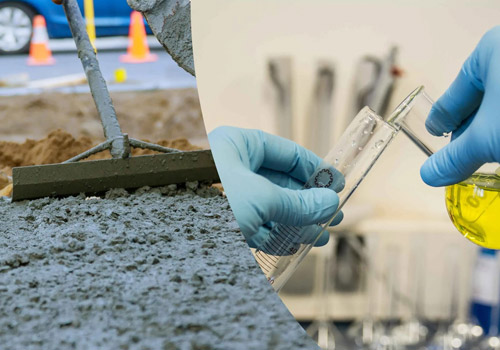In 2024, the global building chemicals market reached a significant sales volume, reaching US$937 million, according to QYR (Hengzhou Bozhi). The market is projected to grow at a compound annual growth rate (CAGR) of 4.1% between 2025 and 2031, reaching US$1.24 billion by 2031. Other data indicates that the global construction chemicals market reached RMB 316.935 billion in 2024 and is projected to reach RMB 408.976 billion by 2030, with a CAGR of 4.34%. These data clearly demonstrate the continued growth of the global construction chemicals market. This is primarily driven by the accelerating global urbanization process, with large populations flocking to cities and a sharp increase in demand for residential and commercial buildings, as well as infrastructure. Emerging economies, such as Southeast Asia, South Asia, and parts of Africa, are experiencing rapid urbanization, with large-scale urban construction projects emerging, directly driving demand for building chemicals.
The Chinese market holds a significant position in the global building chemicals market and is experiencing rapid growth. While exact data on China’s global market share for 2024 is unavailable, its growth trend suggests that the Chinese market has expanded rapidly from the previous year to 2024 and is expected to expand further in the future. Forecasts indicate that by 2031, China’s market size will reach a certain level, significantly increasing its share of the global market. This is driven by China’s ongoing urbanization strategy, with numerous cities undergoing urban renewal and new city development. Furthermore, infrastructure development, such as the vigorous development of high-speed rail and urban rail transit projects, is providing ample room for growth in the construction chemicals market.
Building Chemicals - Emerging Trends Bring New Opportunities
- Green and environmentally friendly products have become a mainstream trend. The construction industry is experiencing explosive growth in demand for environmentally friendly construction chemicals. Low-VOC adhesives, for example, pose minimal risks to the environment and human health during production and use, meeting the current requirements of green building development and are therefore increasingly popular in the market. Biodegradable sealants are also emerging as a new trend. They naturally decompose upon disposal, reducing environmental pollution and are widely used in construction projects with stringent environmental standards. Concrete admixtures with more “green” properties, such as those that reduce carbon emissions during concrete production, are also a focus of research, development, and promotion for major construction chemical manufacturers. This trend toward green and environmentally friendly products presents new market opportunities for companies, prompting them to increase R&D investment and develop more high-performance products that meet environmental standards, thereby capturing new market share.
- Intelligent products are also emerging. With the continuous advancement of technology, intelligent construction chemicals are entering the market and showing promising development prospects. Smart coatings can automatically adjust their color and thermal insulation properties based on environmental changes. For example, in strong summer sunlight, the paint’s color becomes lighter to reflect more heat and lower indoor temperatures; in winter, it becomes darker to absorb more heat and raise indoor temperatures, thereby achieving intelligent energy conservation in buildings. Some smart concrete admixtures can monitor the concrete curing process in real time and automatically adjust their properties based on this data to ensure concrete quality and strength. Although smart building chemicals currently hold a small market share, as technology matures and costs decrease, they are expected to become a significant growth area in the construction chemicals market, creating new profit opportunities for companies.
- Demand for customized services is growing. Different construction projects have varying requirements for the performance and characteristics of construction chemicals due to their intended use, design style, location, and client needs. High-end commercial buildings may require exceptional aesthetics and durability, while industrial buildings prioritize corrosion resistance and high-temperature resistance. Construction projects in earthquake-prone areas also place special demands on the seismic performance of construction chemicals. To meet these diverse demands, a growing number of building chemicals companies are offering customized services. They develop and produce products with specific performance characteristics tailored to specific customer needs, while also providing professional technical support and solutions. This customized service model not only improves customer satisfaction but also enhances the company’s market competitiveness, generating higher added value and profits.

